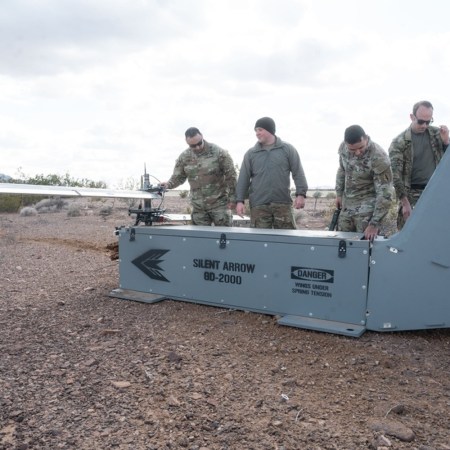There are espionage targets and then there are espionage targets. Getting a source inside the Soviet Embassy in a divided Germany in the early years of the Cold War is the latter — the World Cup of spy games.
So the CIA wouldn’t go into that game without a game plan. And thanks to some declassified documents, we know exactly what that was.
Dubbed the CATOPHAT Project, the documents from 1967 describe the CIA’s use of human and technical sources to steal information from Moscow’s people in Bonn, Germany. CATOPHAT was the cryptonym assigned to the embassy there.
There were three main objectives:
- “To develop controlled assets and operational situations leading to direct staff officer contact with target Soviet Embassy personnel for assessment, elicitation and possible recruitment or defection.”
- “To acquire counter-intelligence information on the Soviet Embassy and its personnel in order to monitor and, wherever possible, to neutralize Soviet clandestine activity in West Germany.”
- “To conduct operations against the Soviet presence in West Germany in order to collect political, economic, military, scientific, and technical information on the Soviet Union and particularly regarding its objectives, relations, and activities toward, with, and in West Germany.”
The declassified document describes the embassy as a potentially target-rich environment: 89 Soviets were assigned to the diplomatic facility in some form, and an estimated 60 percent of those were suspected to be connected to Soviet intelligence.
For all those potential recruits, the CIA needed recruiters. Or, more accurately, assets that could just get close to the targets without raising suspicions.
For Project CATOPHAT, the CIA was working with 12 assets “selected from American, German and third-country nationals in witting contact with target personnel to whom they have natural access.”
A helpful Annex that comes with the declassified documents describes the assets: from a husband and wife couple who happen to live next to a suspected KGB officer, to an Austrian-born American medical school dropout who spied on his neighbors.
Another asset, a French citizen, was apparently “recruited” on a trip to Moscow by Soviet intelligence officers who were apparently unaware he was already working for the West. The Soviets wanted the Frenchman, in turn, to get himself recruited by the Americans.
That particular gambit didn’t seem to be worth all the trouble. “Bonn has no intention of engaging in a prolonged and fruitless double agent operation,” the document says. “[The Frenchman] is little better than a marginal source of operational information. For the present, however, he is useful and contact with him will be maintained for as long as his usefulness remains.”
In all, the CIA said that “during the initial project year, CATOPHAT assets reported on their contacts with 15 members of the Soviet representation… The biographic and assessment data which they provided, added to information obtained from other sources, has given the German Station a better understanding of the organizations, personalities and activities of the Soviet Embassy.”
So far the CIA said their assets had “revealed a number of Soviet contacts who warrant continuing development and assessment,” and found others that could be worthwhile targets for recruitment.
“Existing CATOPHAT agents are under instructions to develop closer relationships, to entertain Soviets in their homes and generally to ingratiate themselves with their Soviet contacts,” the document says.
For more basic information on the station, the CIA relied on the local west German intelligence — including “identities, photographs, residence addresses, local travel, and license plate numbers of both privately registered and official vehicles.”
Another local west German intelligence agency helped with tapping the Russians’ telephones. The tapping operation was paused when the CIA found out it had a mole, but had been reinstated. The British also helped out, providing telephone coverage for a Soviet Trade Mission.
“Telephone taps were also installed by the BSSO [British Security Service Organization] at our request on the residences of two Embassy officials,” the CIA document says.
As dry as the CATOPHAT document is, it bears a mildly upbeat tone. It says the German Station plans to “expand and refine its operations against the Soviet Embassy during the coming year.”
For that, they needed more money — all of a few thousand dollars. At the time in the late 1960s, a good safe house could be had for $75 per month. Each agent cost a few hundred dollars for the whole year — $1,200 for a couple known as CATOPHAT-1 and CATOPHAT-2, or just $190 for CATOPHAT-10.
That new expansion the station was planning, it came cheap, at least compared to today’s rates.
“[I]t is estimated that $14,970 will be needed to carry out the plans envisioned during the next project year,” the document says.
After all, “A number of leads to new CATOPHAT agents also were spotted as a result of the [original assets’] activity.”
This article was featured in the InsideHook newsletter. Sign up now.






















